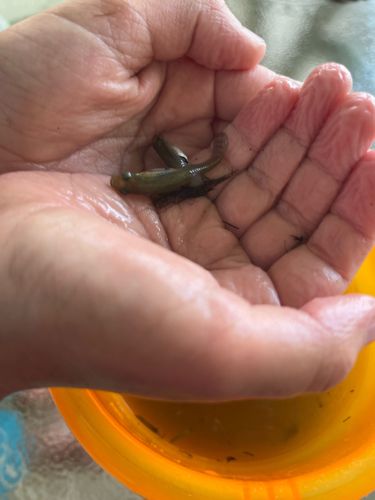Dragonfly Nymph
Scientific Name: Varies by species (Order Odonata, Suborder Anisoptera)
Order & Family: Order Odonata, Various families (e.g., Aeshnidae, Libellulidae)
Size: Typically 15 mm to 60 mm (0.6 to 2.4 inches), depending on the species. Some large species can exceed 50 mm.

Natural Habitat
Aquatic environments such as ponds, lakes, slow-moving streams, and wetlands. They are often found clinging to submerged vegetation or debris, or burrowing into the substrate.
Diet & Feeding
Predatory. Dragonfly nymphs are voracious predators, feeding on a variety of aquatic invertebrates such as mosquito larvae, mayfly nymphs, other insect larvae, and sometimes even small fish or tadpoles. They use a unique, hinged labium (lower lip) that can extend rapidly to capture prey.
Behavior Patterns
Dragonfly nymphs spend their entire larval stage underwater. They are generally camouflaged and ambush predators, waiting for prey to come within striking distance. They move by walking on their legs or by jet propulsion, expelling water from their anus. The larval stage can last from a few months to several years, depending on the species and environmental conditions. When ready to metamorphose, they crawl out of the water onto emergent vegetation, where they undergo their final molt into winged adult dragonflies.
Risks & Benefits
Benefits: Dragonfly nymphs are highly beneficial as they play a crucial role in controlling populations of mosquitoes and other aquatic insect pests, thus contributing to ecosystem health and reducing disease vectors. Risks: None directly to humans. They do not bite or sting humans. Handling them may cause minimal stress to the nymph, so it's best to return them to their aquatic environment quickly and gently.
Identified on: 9/6/2025